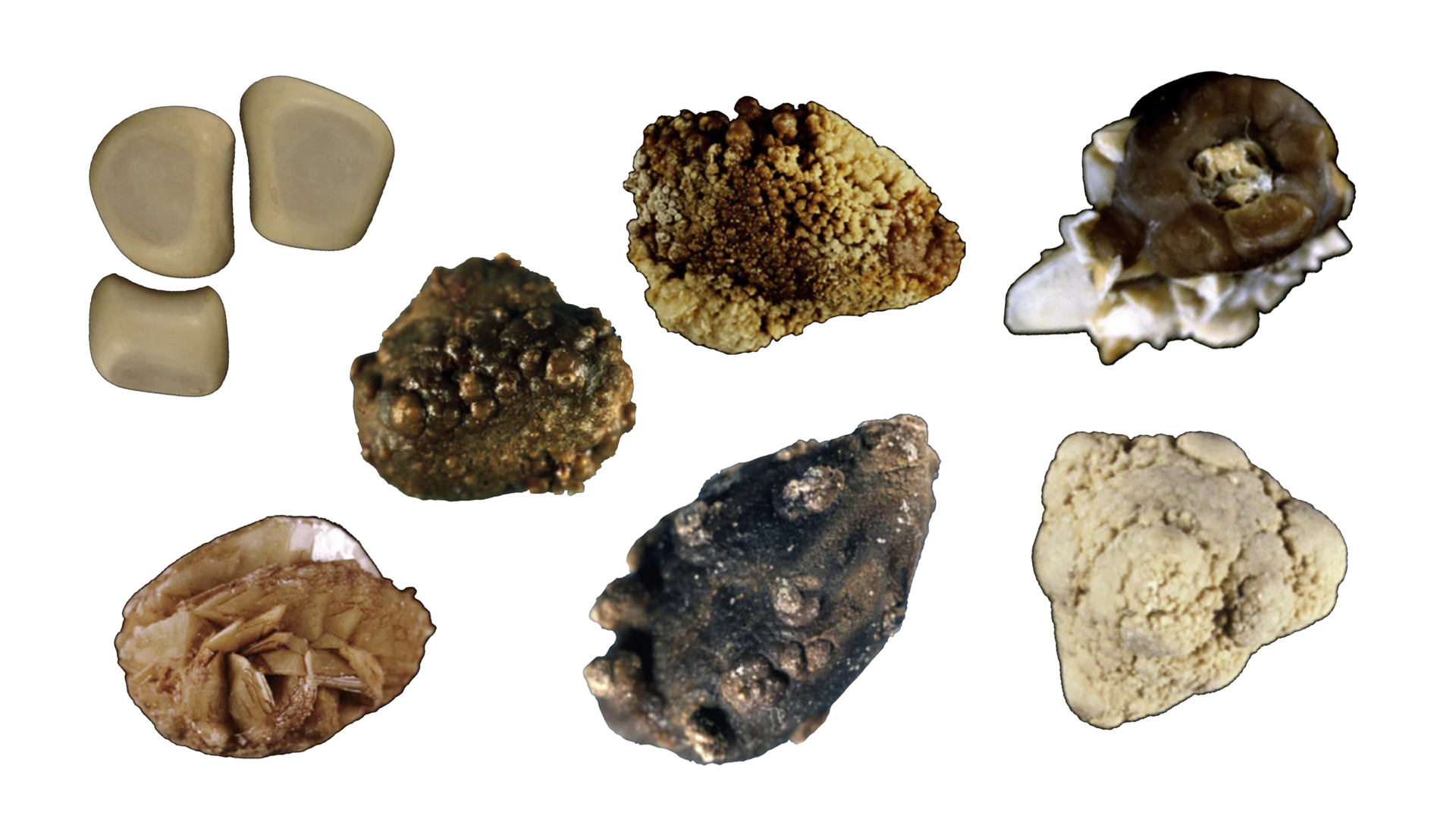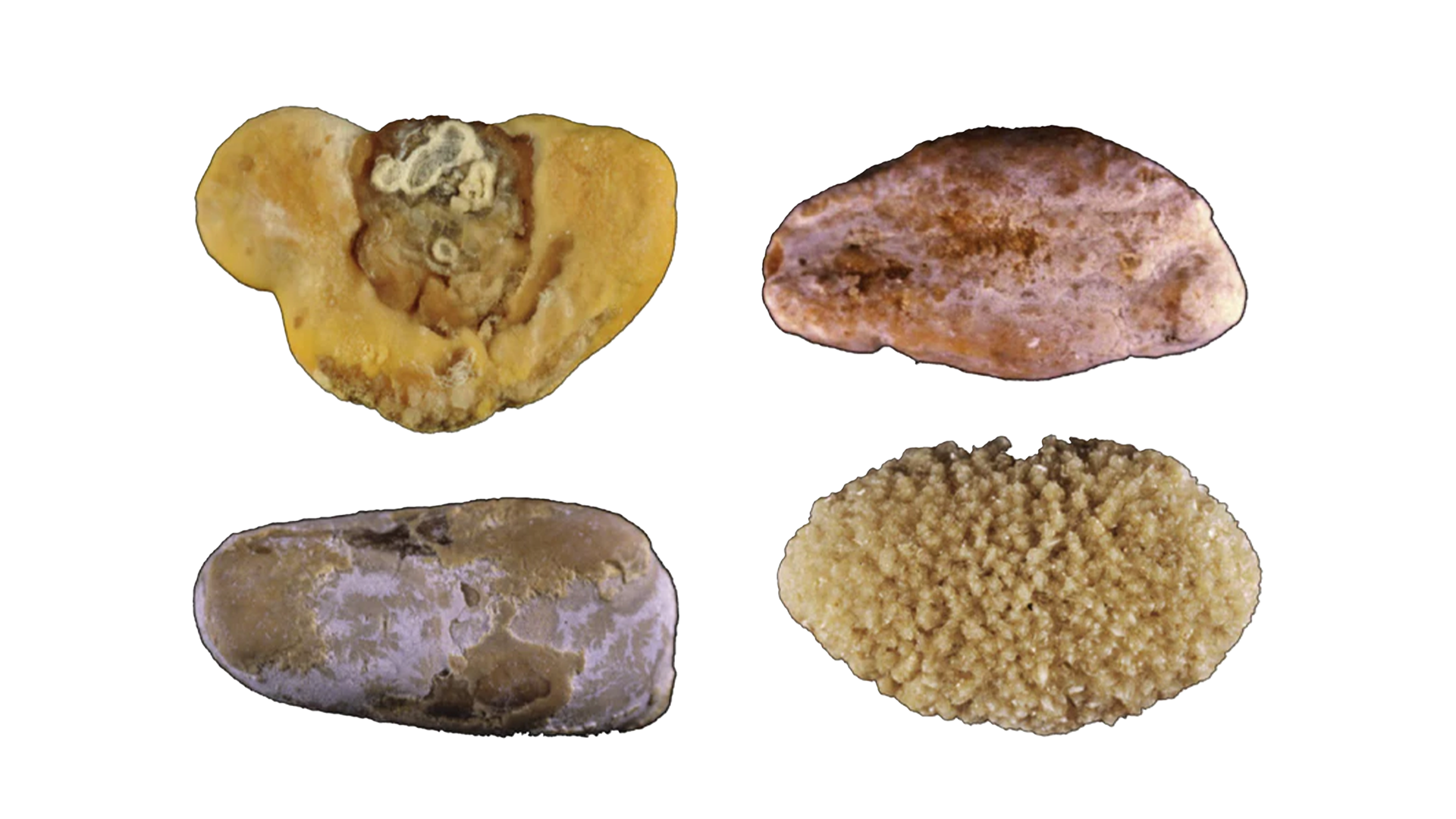Published: November 19, 2023 | 1 min read
Low Diuresis Impact on Kidney Stone Formation
ARTICLE SHORTCUTS
- HOW DOES LOW DIURESIS AFFECT KIDNEY STONES?
- WHAT TYPE OF KIDNEY STONES WILL FORM IF URINE VOLUME IS LOW?
- CONDITIONS THAT CAN LEAD TO LOW DIURESIS
- HOW TO ADDRESS LOW URINE OUTPUT?
Low diuresis simply means low urine volume, and it is a significant risk factor for kidney stones. When you produce low urine output, stone-forming materials sit longer in your kidneys. And the longer they stay in your kidneys, the more likely they bind together to form stones.
HOW DOES LOW DIURESIS AFFECT KIDNEY STONES?
Low urine volume is a risk factor for kidney stones for two reasons.
The first reason deals with urine supersaturation. Supersaturation means there are excess particles that can no longer dissolve. If urine volume is low, stone-forming materials, such as oxalates, may supersaturate the urine. This becomes a problem because oxalates will bind with calcium ions in the urine, forming calcium oxalate stones.
For example, you had a cup of spinach for dinner. A cup of spinach (50–100 g) contains around 500–1,000 mg of oxalate. As a result, a significant amount of oxalate will be swimming in your urine.
So if you want to lessen your risk, avoid oxalates. Since calcium is essential for the body, don’t limit calcium. The recommended daily calcium intake is 1,200 mg, while <80 mg for oxalates (<50 mg for best results).
Second, the less you urinate, the more time you allow for particles to stick together. And this is true for most stone types.
Stones can take time to form. So, the more frequently you release these particles out of your system through urination, the lower the chance they will form into kidney stones.
WHAT TYPE OF KIDNEY STONES WILL FORM IF URINE VOLUME IS LOW?
Low urine volume is a risk factor for many kidney stone types if not all.
For instance, low diuresis favors the formation of some calcium oxalate stone types. If you form stones that look like these, low diuresis may be contributing to their formation:

Mixed stones made of uric acid and calcium oxalates, though they are very rare, may also form under this condition. Here’s what these stones will look like:

CONDITIONS THAT CAN LEAD TO LOW DIURESIS
Underlying diseases, injuries, or certain medications can cause low urine flow.
The most common reason is improper hydration (<96 oz.). But if you are properly hydrated and still produce low urine, conditions surrounding the urinary system would be our next prospects. These include infections, prostate enlargement, prostate cancer, chronic kidney diseases, etc. If you have these issues that block urine flow, you may suffer from low diuresis.
Having heart or lung conditions that impede the blood flow to the kidneys also lowers urine output.
Undergoing surgeries that could bring a “state of shock” or trauma to the body could also be a culprit. When blood flow is disturbed, or there is blood loss, urine output is reduced. That’s because our body has an instinct of conserving or maintaining fluid balance, which means we hold onto water and don’t excrete it through our urine.
Certain medications can also be the cause of your low urination. These medications include:
- Non-Steroidal Inflammatory Drugs or NSAIDs (for pain relief)
- Antibiotics (esp. the aminoglycoside class)
- Contrast agents (given before a CT to better picture the insides of the body)
- Chemotherapy drugs (used in cancer treatments)
- Immunosuppressants (used to “calm” the body and not reject foreign objects)
If you aren’t sure of the real cause of why you are urinating less, speak with your doctor. They have the appropriate tools to better assess your situation.
HOW TO ADDRESS LOW URINE OUTPUT?
Low urine volume mostly happens because you drink less than what is necessary.
The American Urological Association suggests that healthy urine output should be about 2.5 liters per day (~80 oz). To get to this output level, you will need to drink about 3 liters or 96 oz. (8 to 10 glasses) of water. If you are active and sweat a lot, you should drink even more than this.
To learn more about proper hydration habits and for a few tips on how to increase your daily water intake, read our blog on Hydration.
REFERENCES:
1. The role of fluid intake in the prevention of kidney stone disease: A systematic review over the last two decades
2. What to know about low urine output
3. Dietary oxalate and kidney stone formation
Comments or questions?
Responses
You must be logged in to post a comment.

Hi. I’ve had a 14/16mm stone in my kidney from October 2022 after being hospitalized and intubated. When I came out of the induced coma, they didn’t give me anything to drink as I could not swallow. So no liquids for almost TWO weeks! I was so thirst that I was ready to pull out the IV and suck on the tube!! They pumped me full of antibiotics and other “stuff.” I was in excrutiating pain when I came home and in addition to drinking a lot of lemon water, I started taking Stone-Relief. which reduced the pain from a “12” on a 1 to 10 scale to about a “4.” The stone was in my (horshoe) kidney, but has moved way down the ureter now. I didn’t want surgery, and I get x-rays every so often from my naturopathic chiropractor. We can’t see that it’s gotten smaller, but it appears more porous – or perhaps it’s wishful thinking. He agrees with me to hold off on any surgery, especially as the pain has diminished and there’s no other problems. Thank goodness for Stone Relief as I don’t know how I could have lasted this long. Still hopeful…
Hey Scott! Thank you for reaching out 🙂
We can’t even imagine what you’re going through. This is the first time that we’ve ever heard of a medically induced coma being used for kidney stones. Absolutely crazy!
Very glad that CLEANSE has been able to help moderate your pain, though. Dealing with 12/10 pain for any period of time is enough to drive someone mad!
What type of stones are you forming?
Yes! Ty
Does coffee,tea juice count as fluids
Hi Laura,
Yes, they count. However, the best fluid to take is still water. These other beverages contain caffeine, sugar, calories, and other materials that may further concentrate the urine. Water does not have additional sugar or calories that can be found in many beverages. Staying hydrated with water helps maintain fluid balance without adding unnecessary calories. You may still feel thirsty, even if you achieve 96 oz. of fluids from juice, tea, or coffee. Does this make sense?
Yes! Ty
Additionally, you have to remember the diuretic affect of things like coffee and tea. You may be consuming fluids. But, you’re also excreting them at an accelerated rate.
Makes sense water is best!